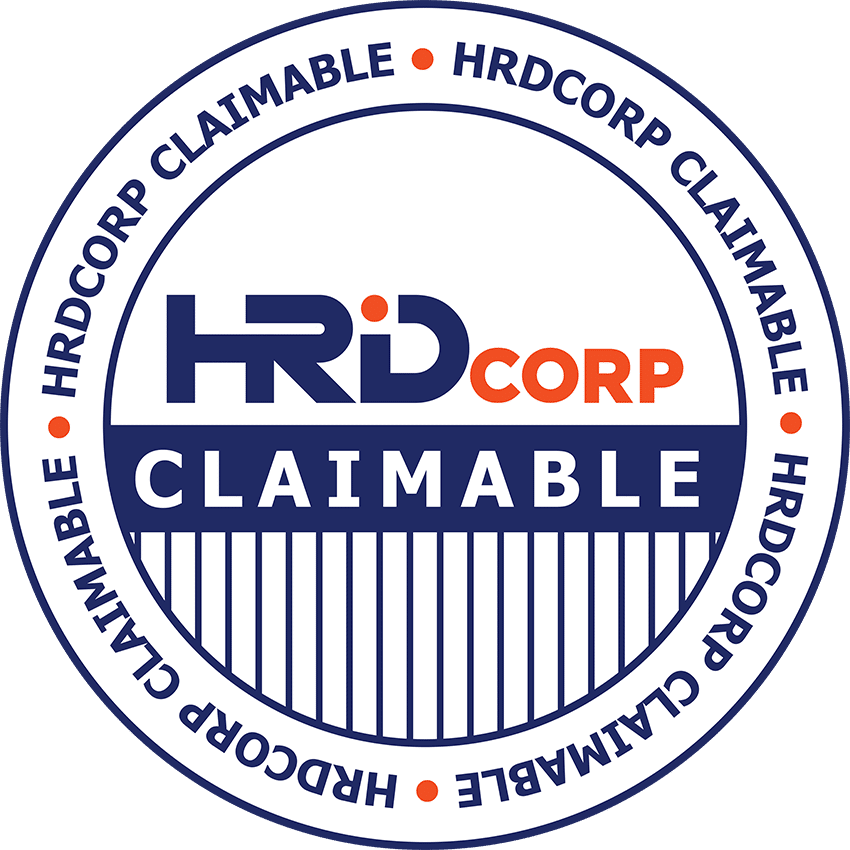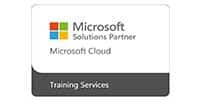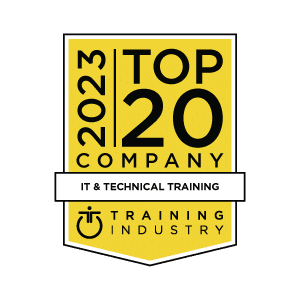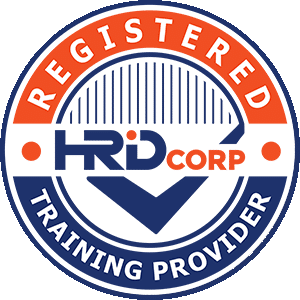Overview
Level up with Microsoft Certified: Azure Administrator Associate certification.
Cloud infrastructure enables companies around the world to reduce costs, enhance security, simplify management, and much more. And Azure administrators have what it takes to unlock the benefits of cloud computing for their organizations, making the most of the resiliency, scalability, and unified data governance of Azure. Plus, these professionals understand how to put the cloud to work to enable newly remote business processes and to help companies become more agile in the face of today’s rapid digital transformation. It’s no wonder that certified Azure administrators are in such great demand.
This AZ-104T00: Microsoft Azure Administrator Associate course teaches IT Professionals how to manage their Azure subscriptions, secure identities, administer the infrastructure, configure virtual networking, connect Azure and on-premises sites, manage network traffic, implement storage solutions, create and scale virtual machines, implement web apps and containers, back up and share data, and monitor your solution.
Are you currently retrenched? If yes, check out our PERKESO EIS: Get Back into the Workforce through Upskilling program.
Skills Covered
After completing this module, students will be able to:
- Secure and manage identities with Azure Active Directory.
- Implement and manage users and groups.
- Implement and manage Azure subscriptions and accounts.
- Implement Azure Policy, including custom policies.
- Use RBAC to assign permissions.
- Leverage Azure Resource Manager to organize resources.
- Use the Azure Portal and Cloud Shell.
- Use Azure PowerShell and CLI.
- Use ARM Templates to deploy resources.
- Implement virtual networks and subnets.
- Configure public and private IP addressing.
- Configure network security groups.
- Configure Azure Firewall.
- Configure private and public DNS zones.
- Configure VNet Peering.
- Configure VPN gateways.
- Choose the appropriate intersite connectivity solution.
- Configure network routing including custom routes and service endpoints.
- Configure an Azure Load Balancer.
- Configure and Azure Application Gateway.
- Create Azure storage accounts.
- Configure blob containers.
- Secure Azure storage.
- Configure Azure files shares and file sync.
- Manage storage with tools such as Storage Explorer.
- Plan for virtual machine implementations.
- Create virtual machines.
- Configure virtual machine availability, including scale sets.
- Use virtual machine extensions.
- Create an app service plan.
- Create a web app.
- Implement Azure Container Instances.
- Implement Azure Kubernetes Service.
- Backup and restore file and folders.
- Backup and restore virtual machines.
- Use Azure Monitor.
- Create Azure alerts.
- Query using Log Analytics.
- Use Network Watcher.
Who Should Attend
This Azure Cloud training course is for Azure Administrators. The Azure Administrator implements, manages, and monitors identity, governance, storage, compute, and virtual networks in a cloud environment. The Azure Administrator will provision, size, monitor, and adjust resources as appropriate.
This Microsoft course also prepares you for the Microsoft Certified: Azure Administrator Associate certification exam. The AZ-104 exam measures your ability to accomplish the following technical tasks: manage Azure identities and governance; implement and manage storage; deploy and manage Azure compute resources; configure and manage virtual networking; and monitor and back up Azure resources.
Course Curriculum
Prerequisites
Successful Azure Administrators start this role with experience in virtualization, networking, identity, and storage.
- Understanding of on-premises virtualization technologies, including: VMs, virtual networking, and virtual hard disks.
- Understanding of network configurations, including TCP/IP, Domain Name System (DNS), virtual private networks (VPNs), firewalls, and encryption technologies.
- Understanding of Active Directory concepts, including users, groups, and role-based access control.
- Understanding of resilience and disaster recovery, including backup and restore operations.
Candidates for this training can satisfy the required prerequisites by attending the AZ-900T00: Microsoft Azure Fundamentals training course.
Course Modules
Exam & Certification
Microsoft Certified: Azure Administrator Associate.
The Azure Administrator Associate certification validates that you have subject matter expertise in implementing, managing, and monitoring an organization’s Azure environment. You earn this Azure cloud certification by passing Exam AZ-104: Microsoft Azure Administrator.
As an Azure administrator, you understand what the cloud can do for your organization. And you know how to enable purpose-built infrastructures for consistent management, security, and governance—on-premises, in a hybrid scenario, or fully in the cloud. With all the innovation and capabilities that Azure has to offer, now is the time to earn your Azure Administrator Associate certification.
Prove your ability to make a difference to your team and your organization—today and in the future—with your in-demand Azure administrator skills and experience.



